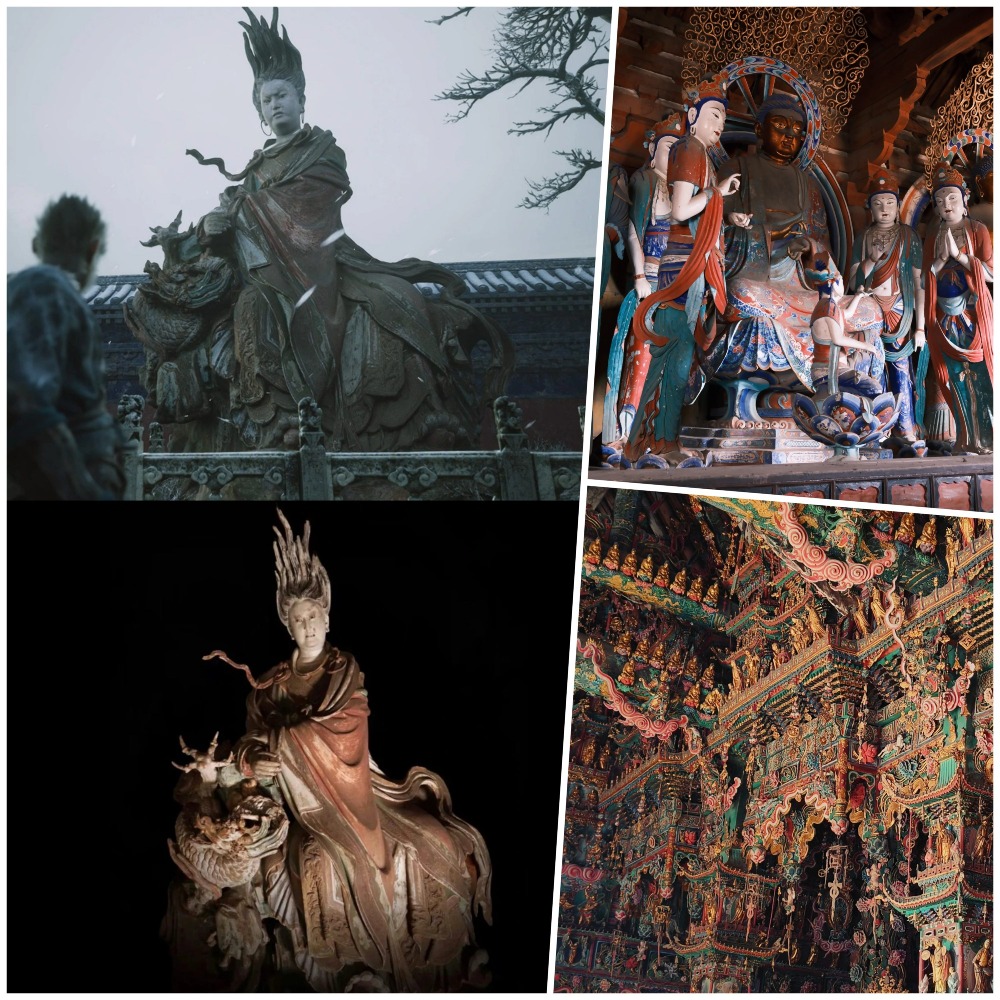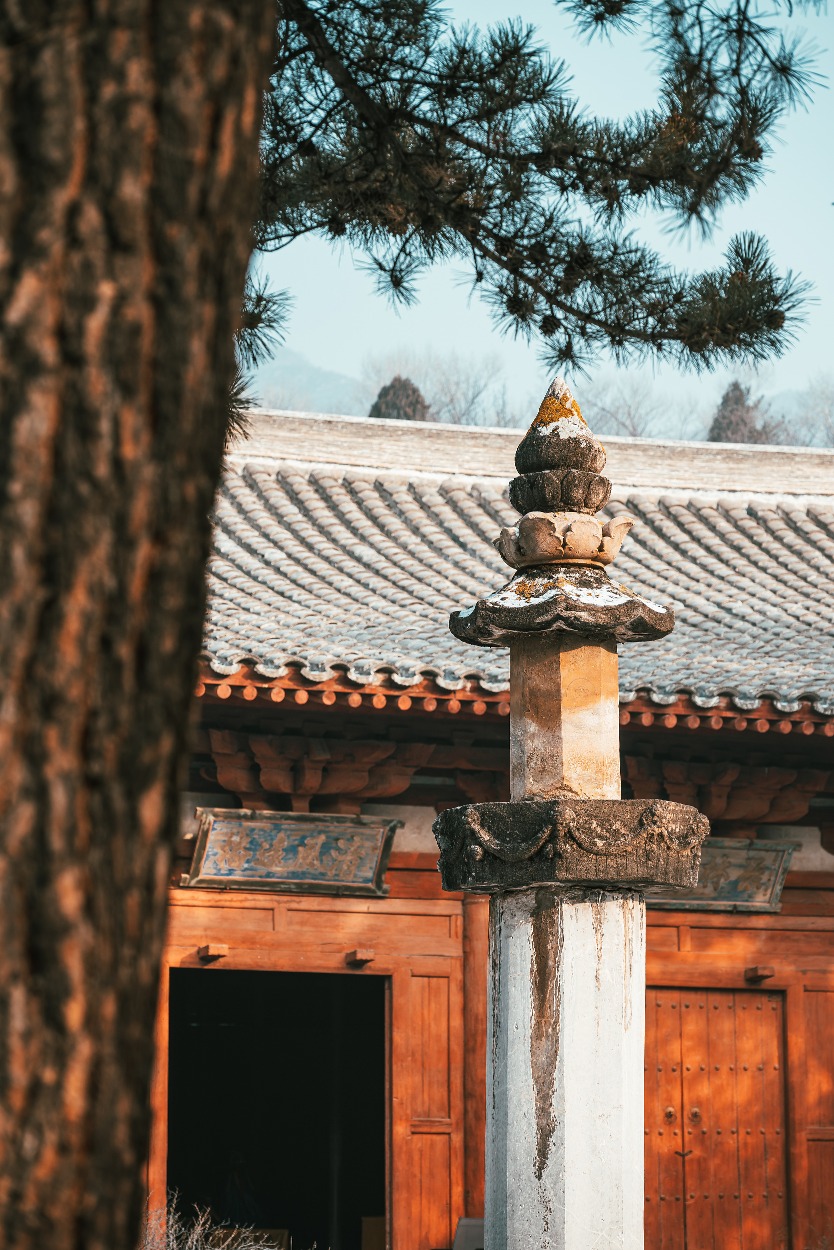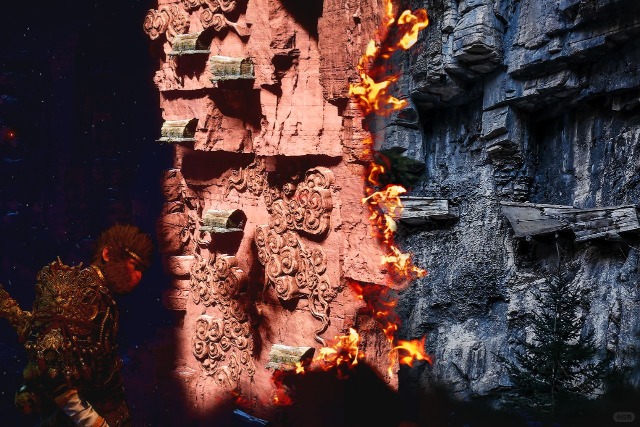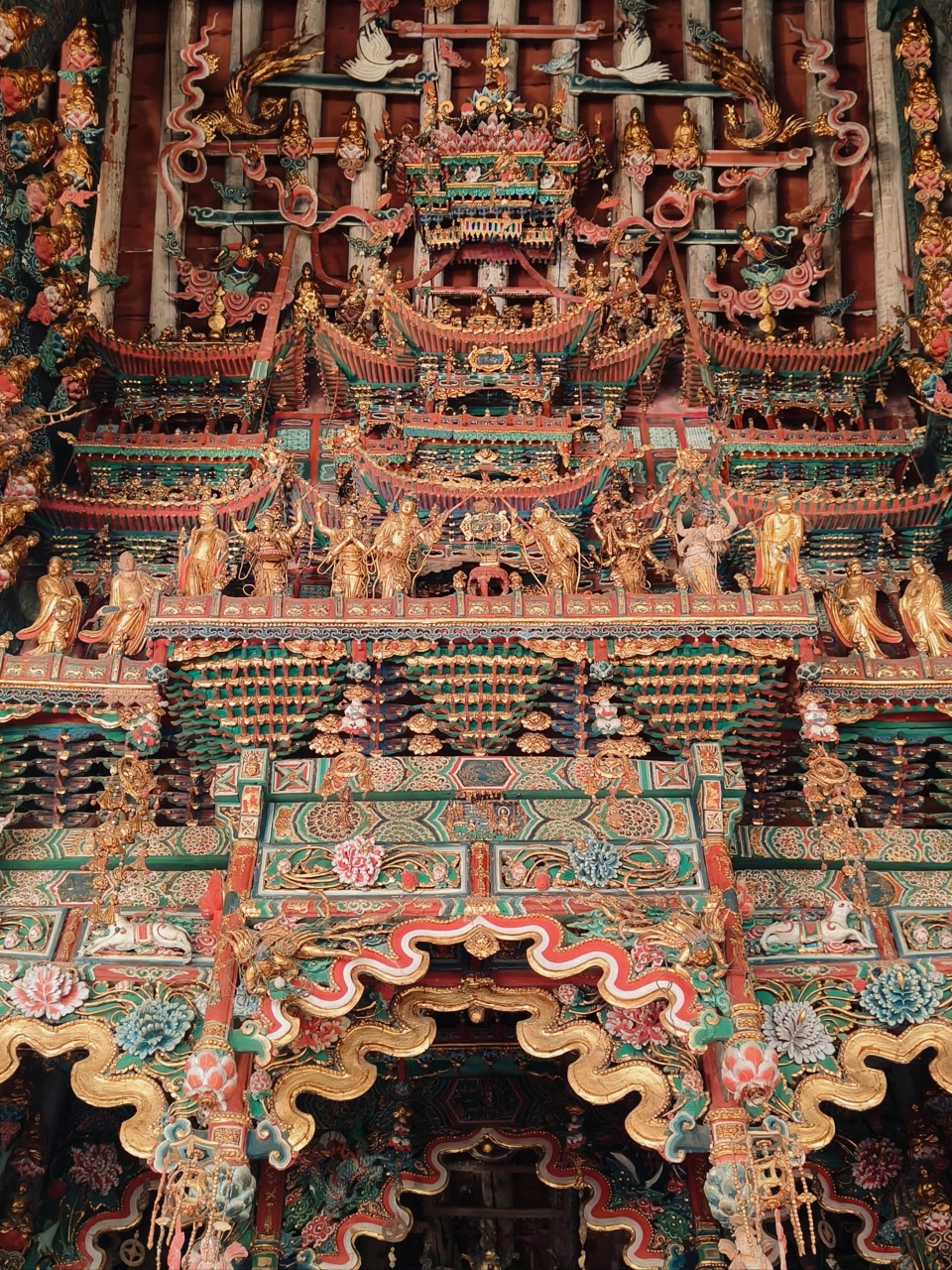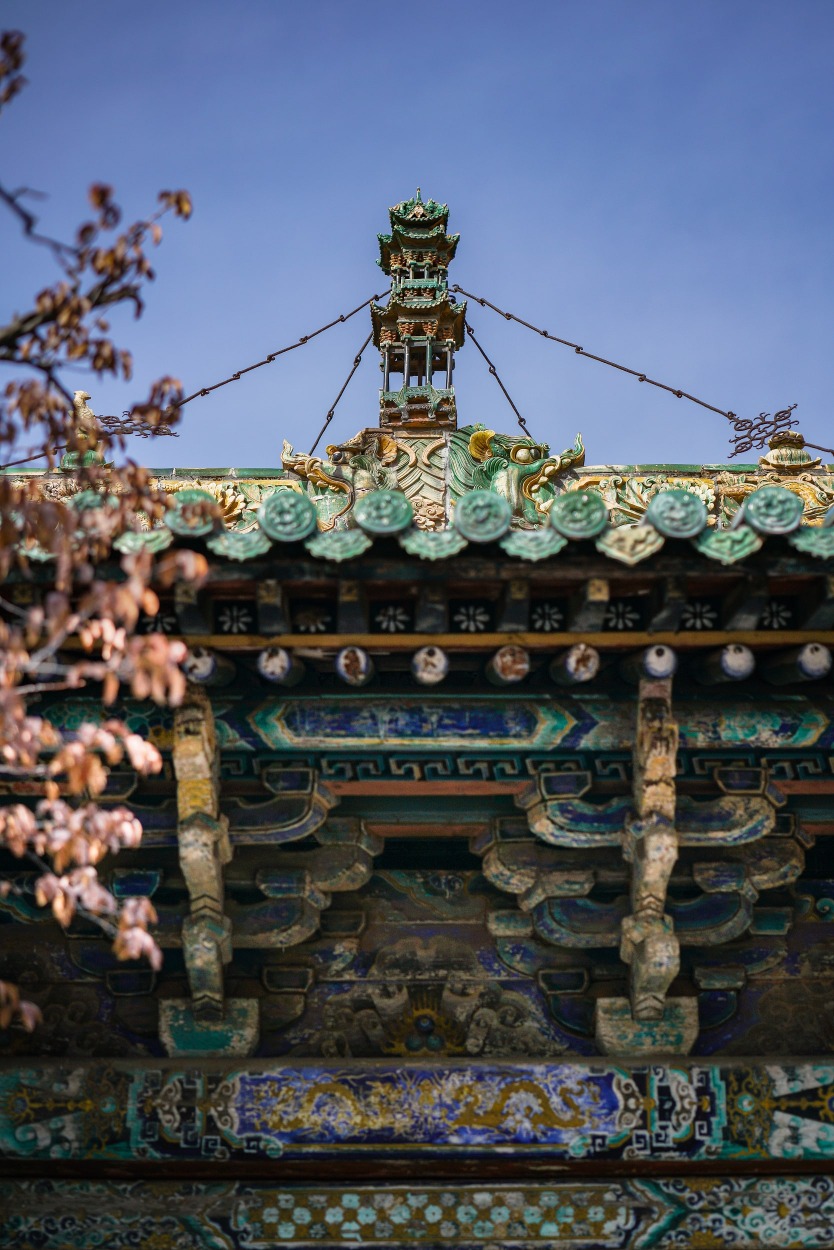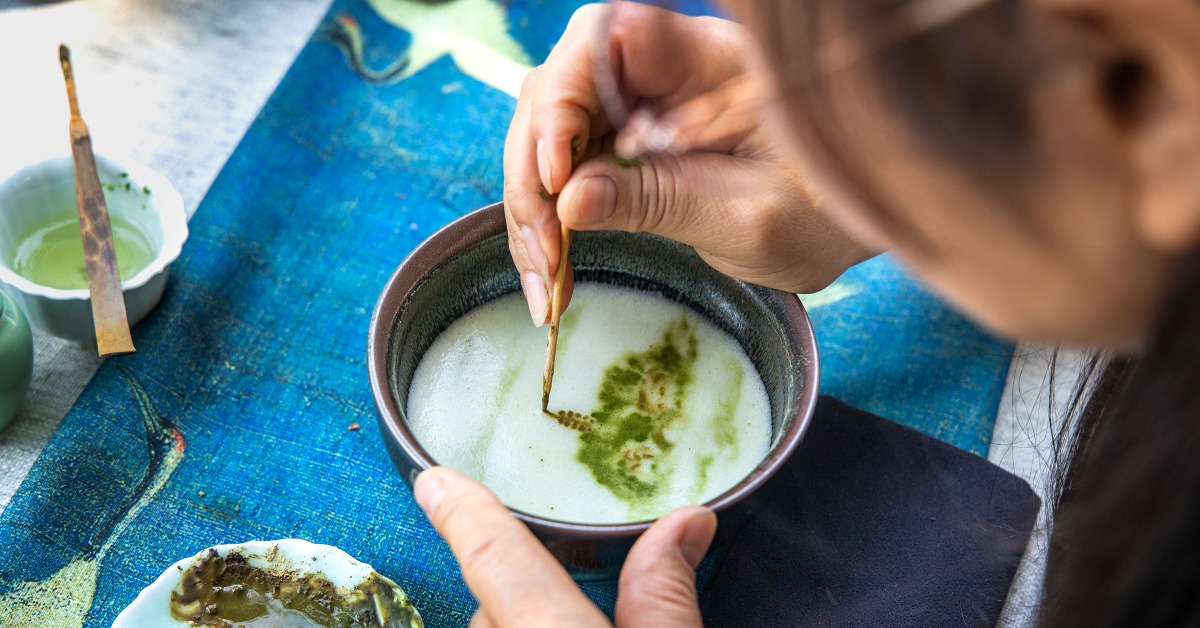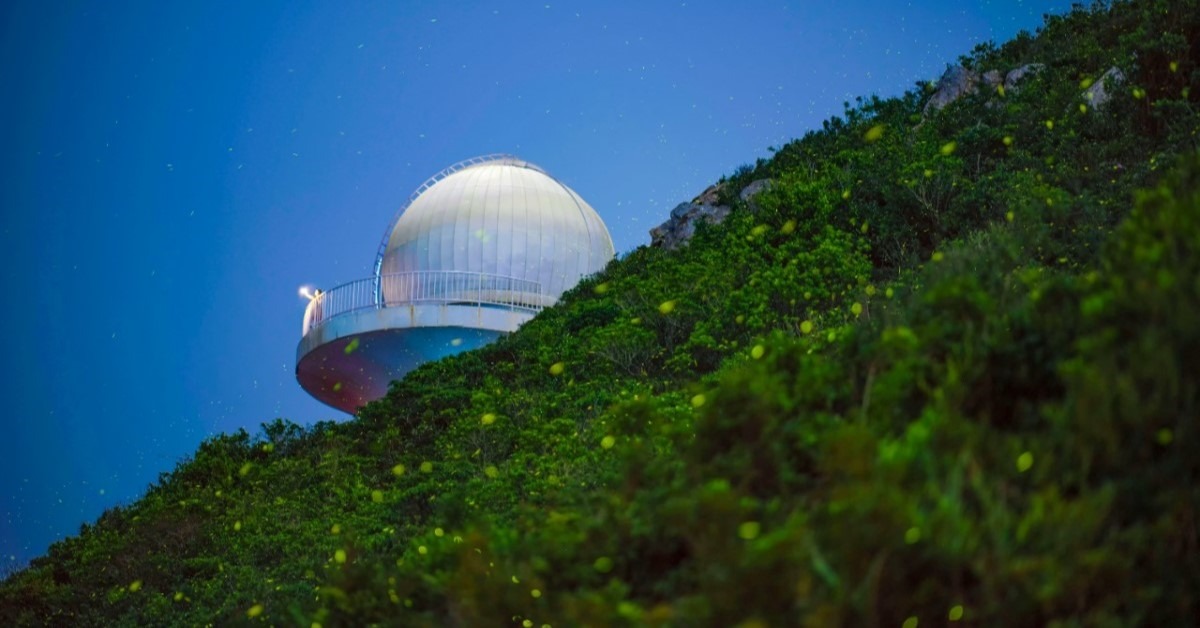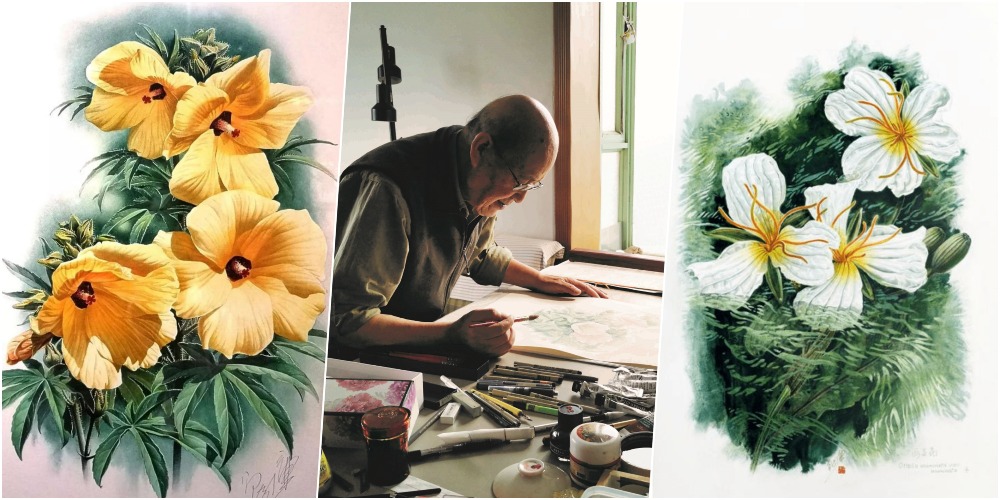Published : 2024-08-29
The Chinese video game "Black Myth: Wukong" has recently exploded in popularity, and Shanxi, where it is set, has become a popular travel destination.
Following on from the previous article, which introduced the "Black Myth: Wukong" locations in Datong and Shuozhou, this article will continue to delve deeper into south-central Shanxi to visit more of the same attractions in the game!
Black Myth: Wukong|Foguang Temple and Shimen Hanging Coffins
Foguang Temple (佛光寺), located in Xinzhou (忻州), Shanxi, was originally built during the Northern Wei Dynasty and was rebuilt in the first year of the Tang Dynasty (AD 857).
Now, there are more than 120 halls, towers, and pavilions in the Foguang Temple. The East Grand Hall built in the Tang Dynasty is the main hall of the temple.
The East Grand Hall (東大殿) is located in the last courtyard, belonging to the highest-ranking building in the Foguang Temple.
It is the largest and best-preserved Tang Dynasty wooden structure currently in existence in China, and is famous for its architecture, sculpture, mural paintings, and inscriptions. It is known for its "four absolutes".
In "Black Myth: Wukong", there are many scenes that are quite mysterious, one of which is the Shimen Hanging Coffins (石門懸棺).
Shimen Hanging Coffins, located in a secluded valley of Luya Mountain (蘆芽山) in Xinzhou, Shanxi, are the only group of cliff burials discovered in northern China to date. Their construction year is unknown, which makes them archaeologically significant.
Inside the "shimen" (stone gate), you can see wooden coffins hanging on the rock wall. Some are supported by wooden stakes, while others are tied with iron chains. They are varying heights.
Some are nearly a hundred meters high, while others are dozens of meters high, forming a spectacular scene.
Read more: The mystery of Zhang Tianshi and the hanging coffins in Jiangxi
Black Myth: Wukong|Linfen Xiaoxitian Temple
Next, we come to Linfen City (臨汾) in the southern part of Shanxi. On Phoenix Mountain (鳳凰山) in Linfen, sits the famous Buddhist temple — Xiaoxitian Temple (隰縣小西天).
The Xiaoxitian Temple was originally built in the Ming Dynasty and took 15 years to complete. It is an ancient Zen temple with a history of over 400 years.
True to its name, within the Great Buddha Hall of 170 square meters, Xixitian created a breathtaking "Western Pure Land".
With beautifully carved beams and paintings, and nearly 2,000 coloured statues in orderly and solemn order, which is particularly precious as it is regarded as a "masterpiece of hanging statues" in the history of Chinese art.
Black Myth: Wukong|Jade Emperor Temple
Our final stop takes us to the Jade Emperor Temple (玉皇廟) in Jincheng (晉城), Shanxi.
The Jade Emperor Temple, founded during the Northern Song Dynasty, occupies an area of more than 3,500 square meters.
It comprises three sections with 110 temples. It is one of the larger Taoist temples in the ancient Zezhou (澤州), aggregating the characteristic styles of the Song Dynasty temples.
The Jade Emperor Temple is known for its unique and exquisite painted statues, with the most representative being the Twenty-eight Star Gods painted statues in the west wing.
It has been highly reproduced and featured in the game scenes of "Black Myth: Wukong", making it one of the main filming locations.
In addition to the above-mentioned filming locations, Shanxi Tourism has also launched several "Tour Shanxi with Wukong" themed routes, including the full route, 3 themed routes, and a self-driving route.
You can choose your preferred route according to their interests and check out the beautiful Shanxi following in Wukong's footsteps!
Read more: "China's Dead Sea" Yuncheng Salt Lake: Indulge in a colourful fantasy

